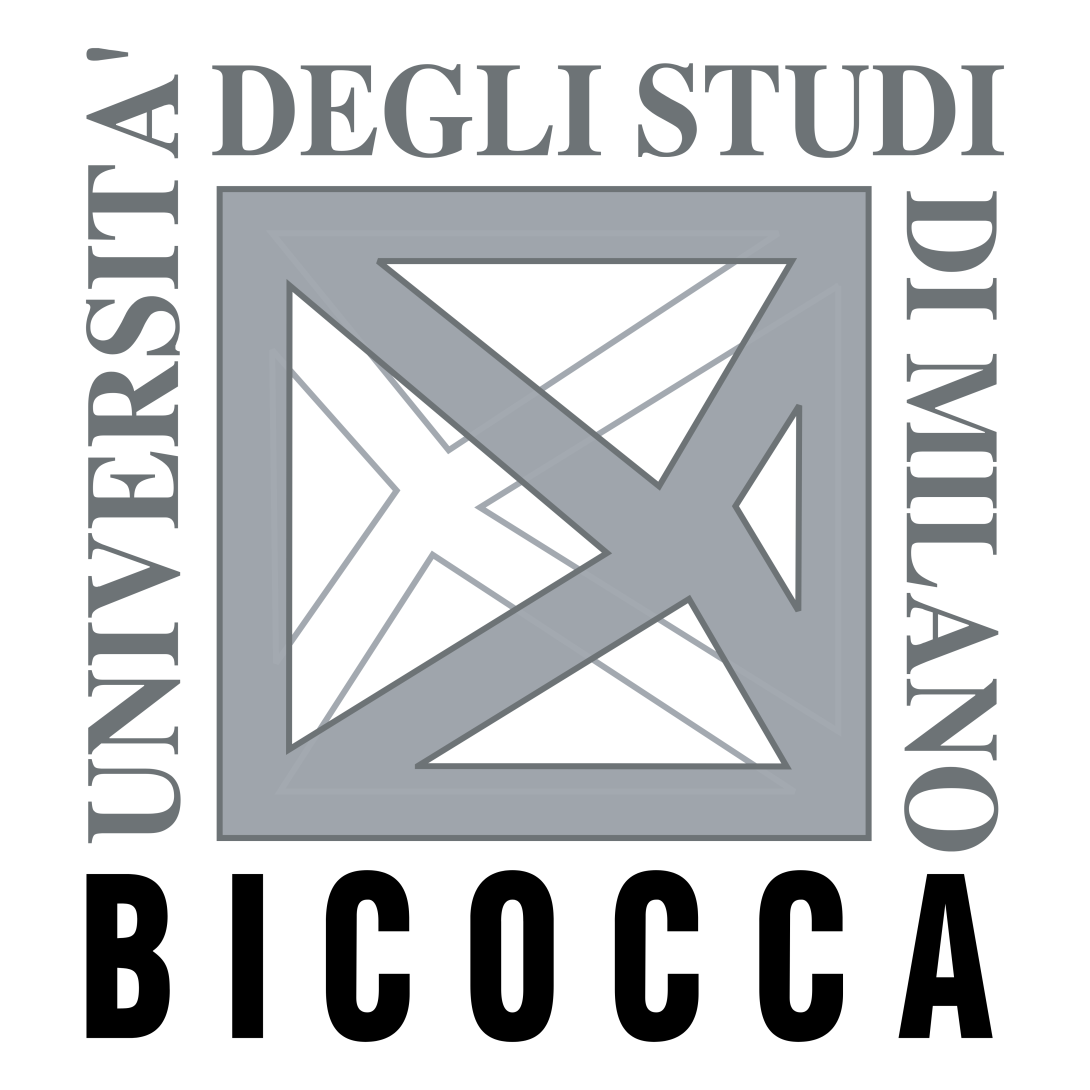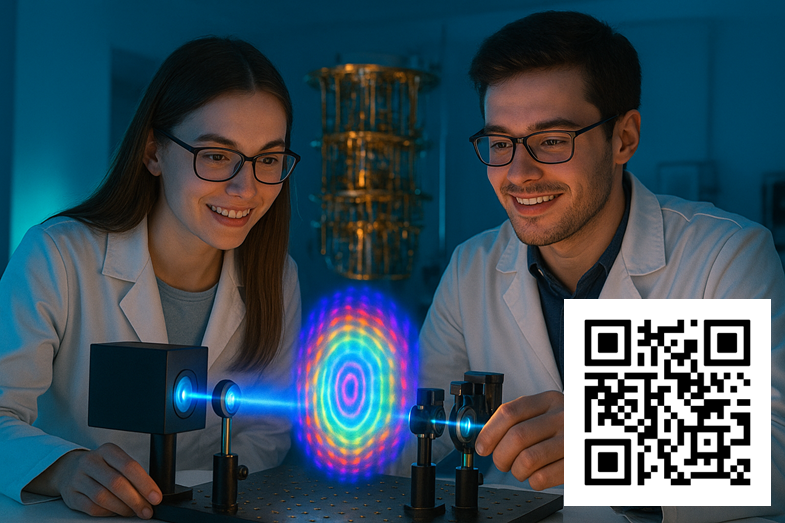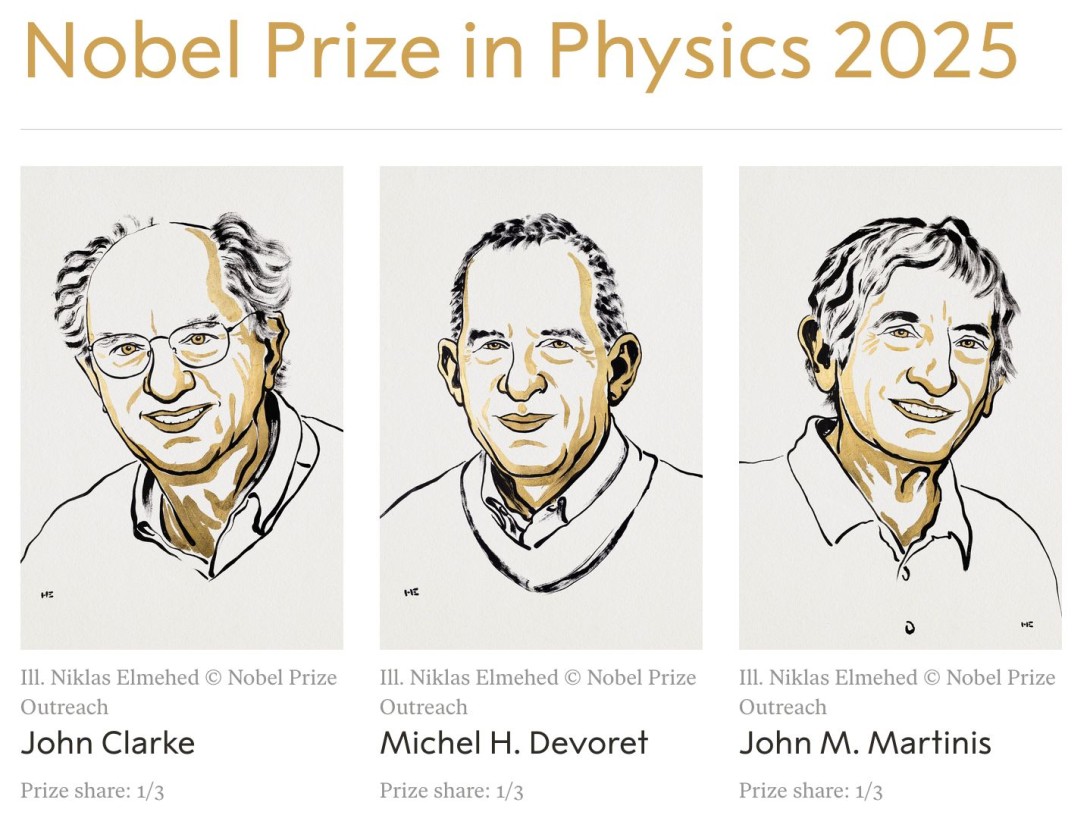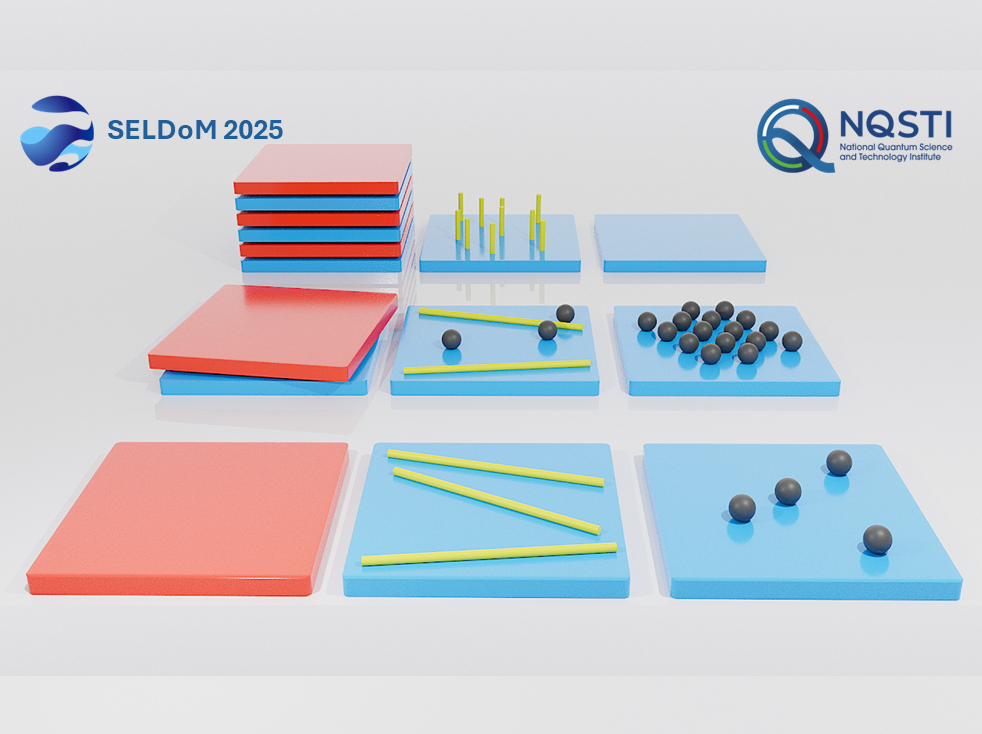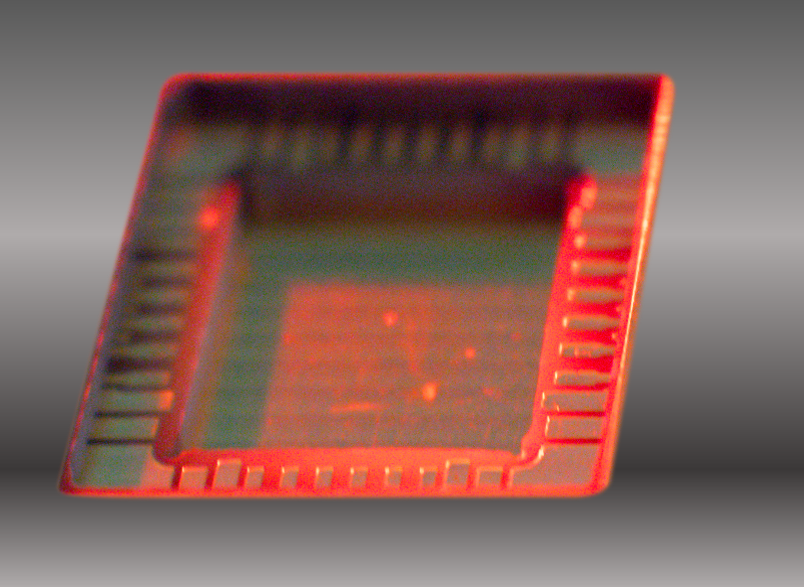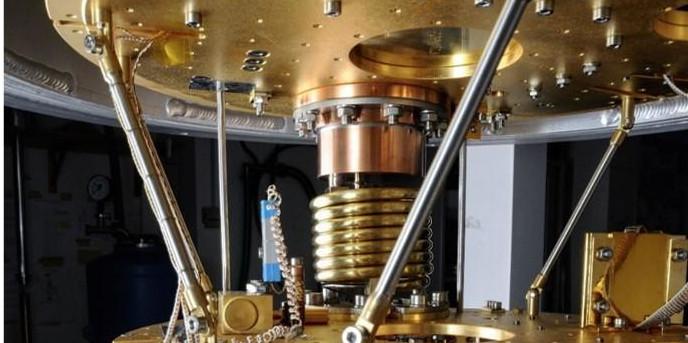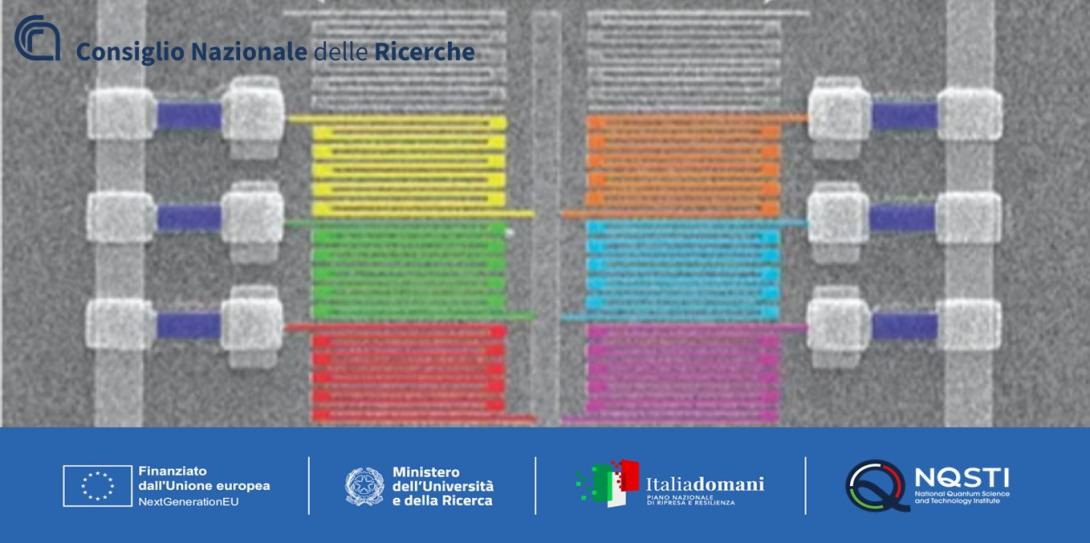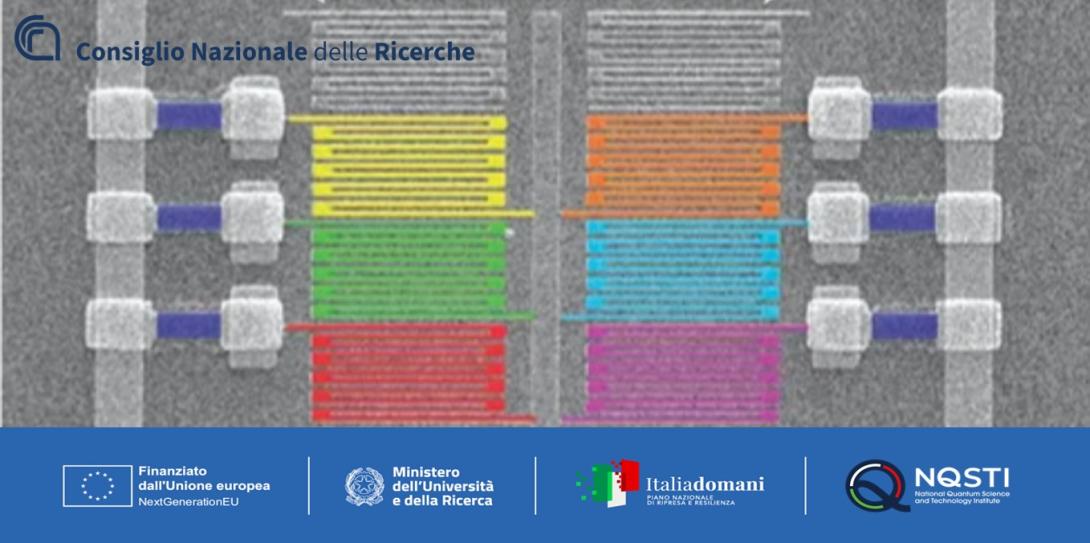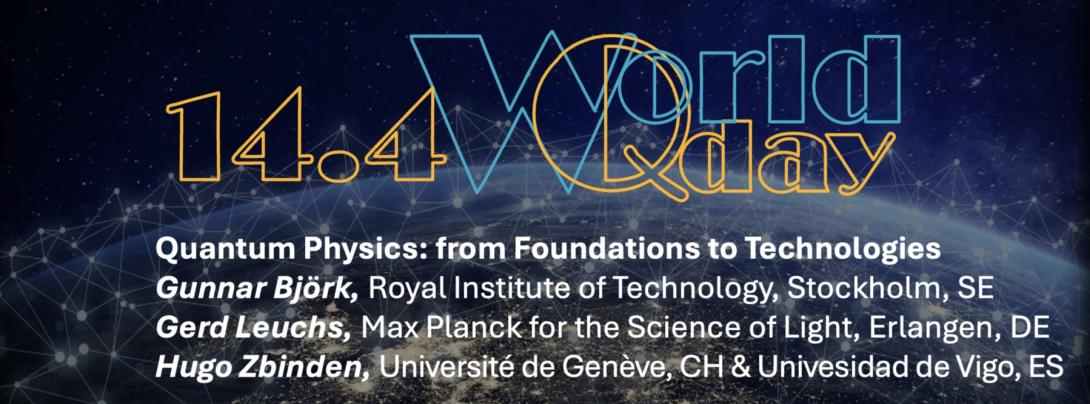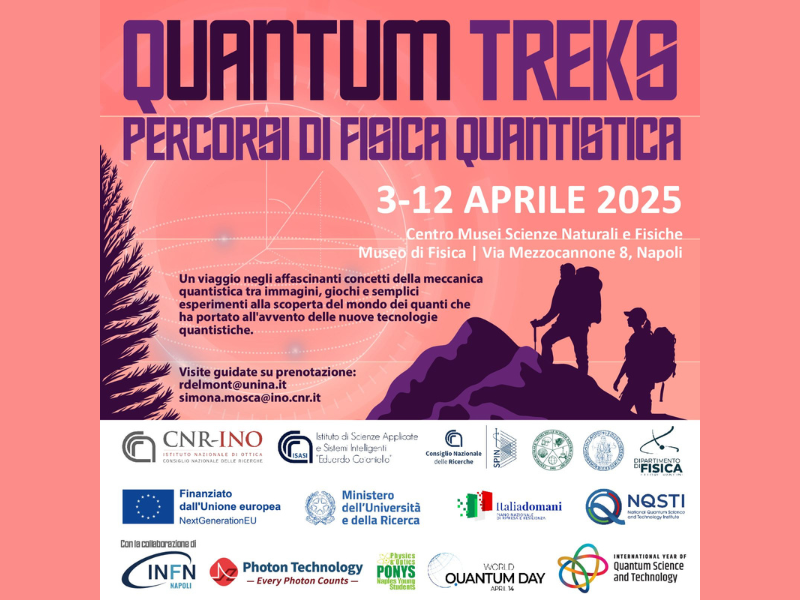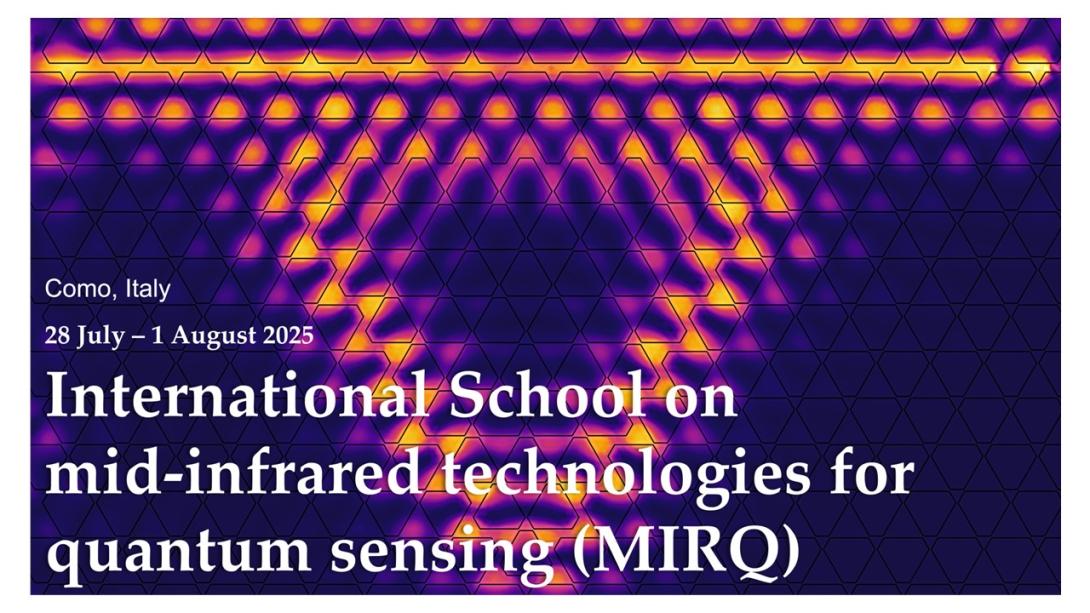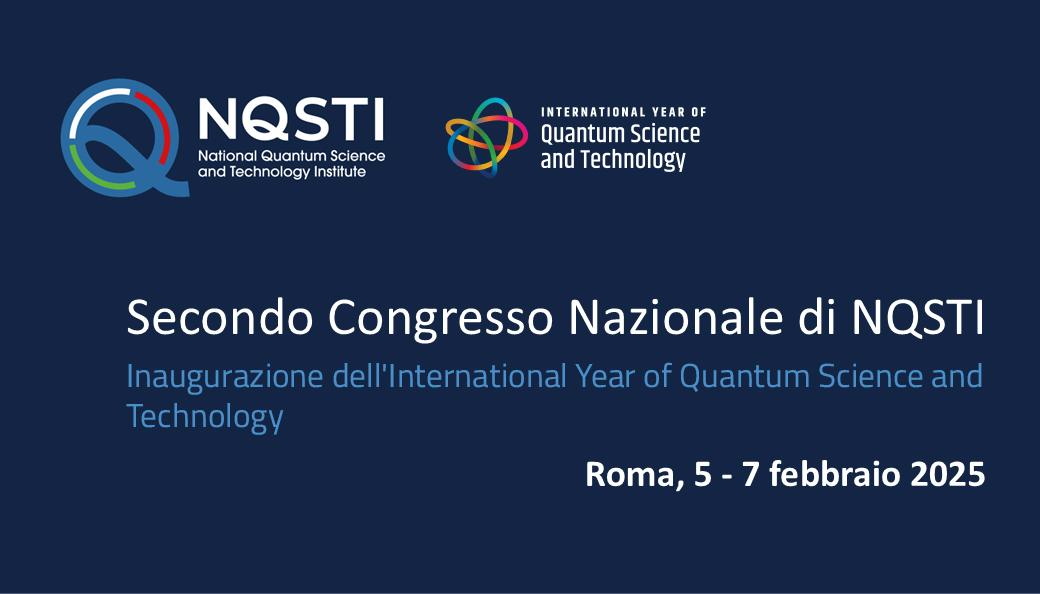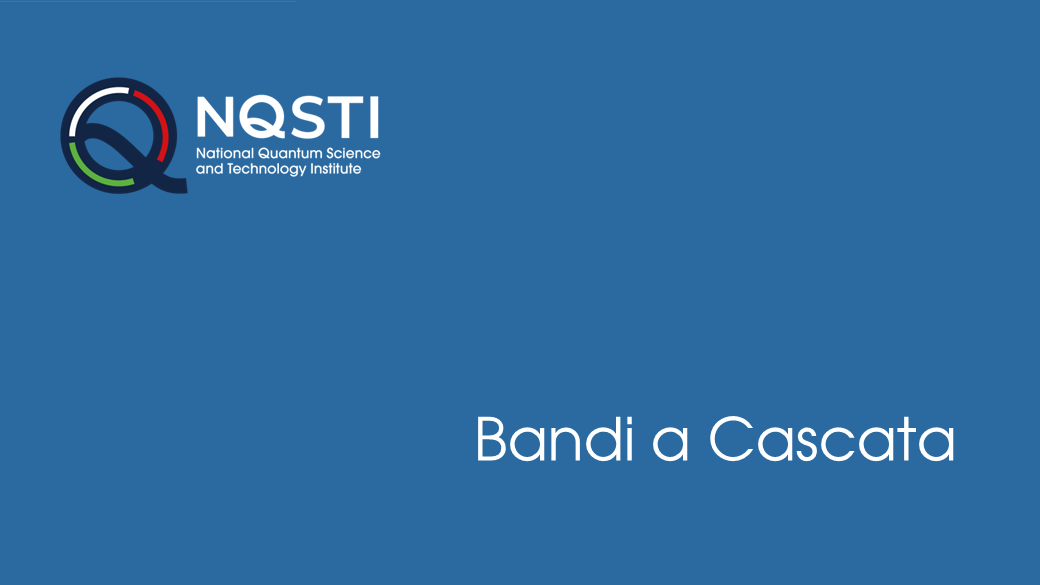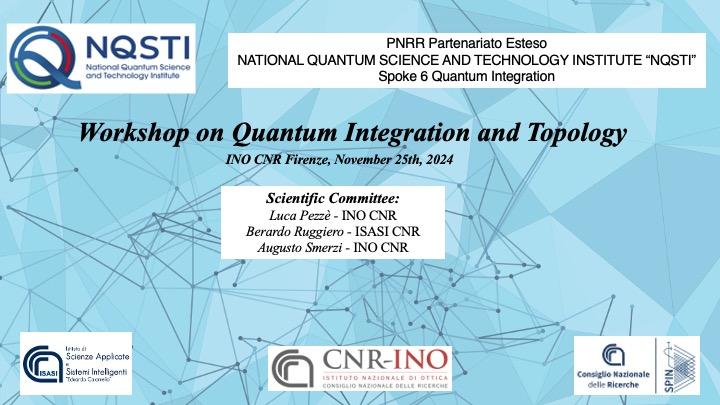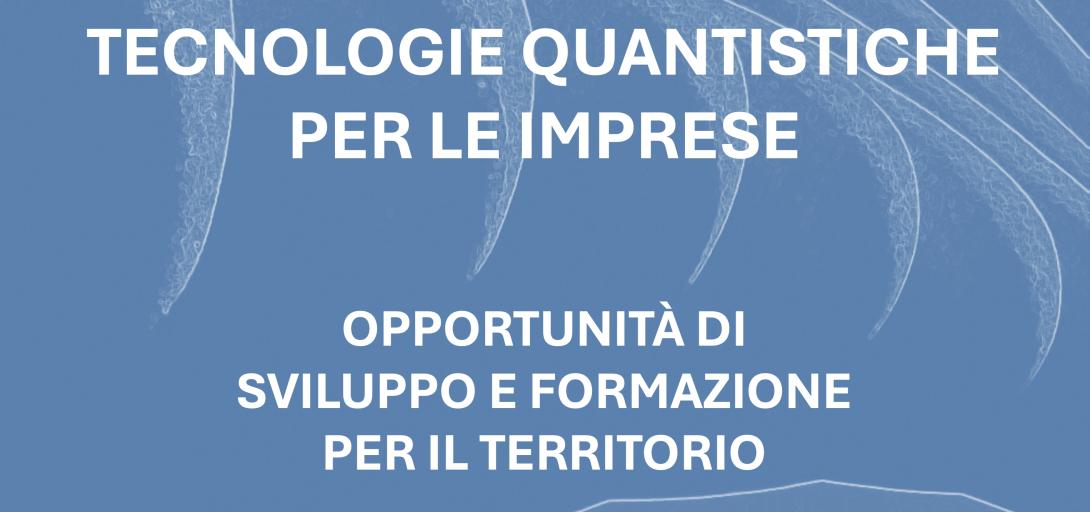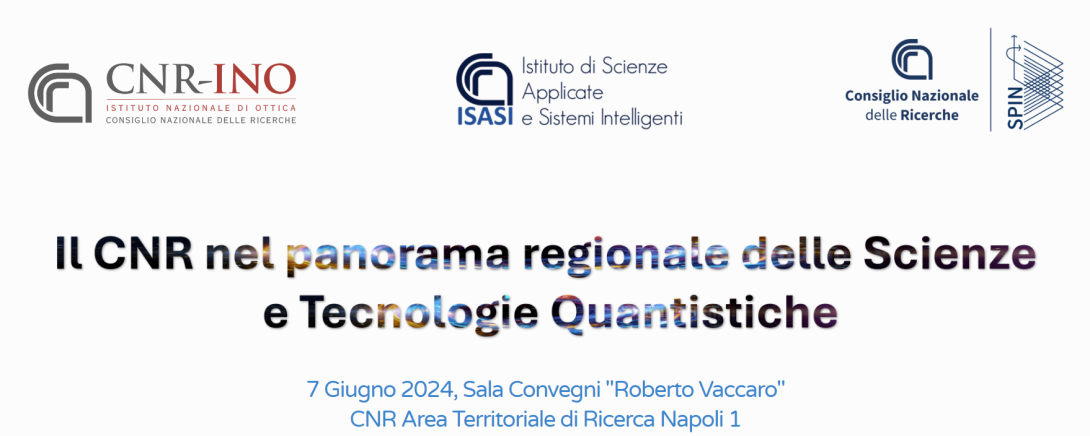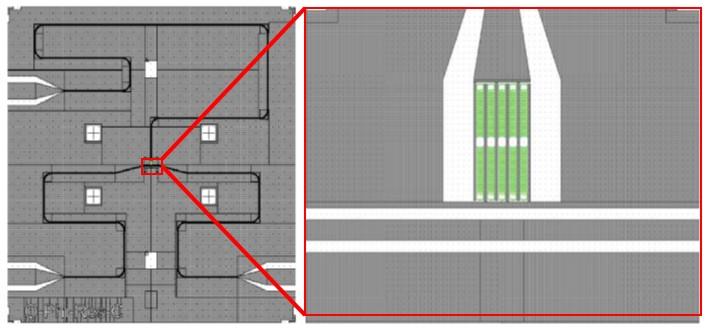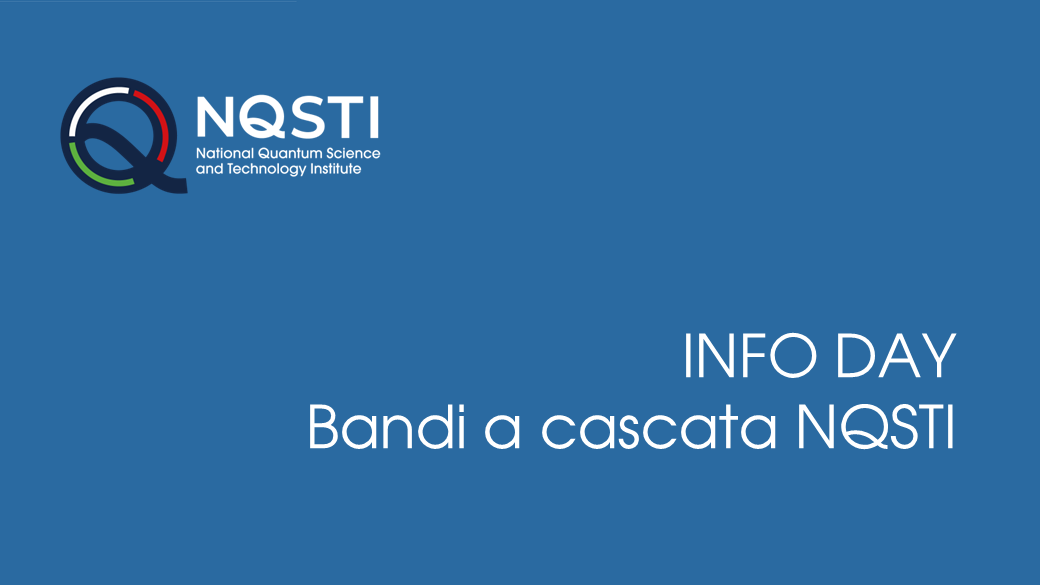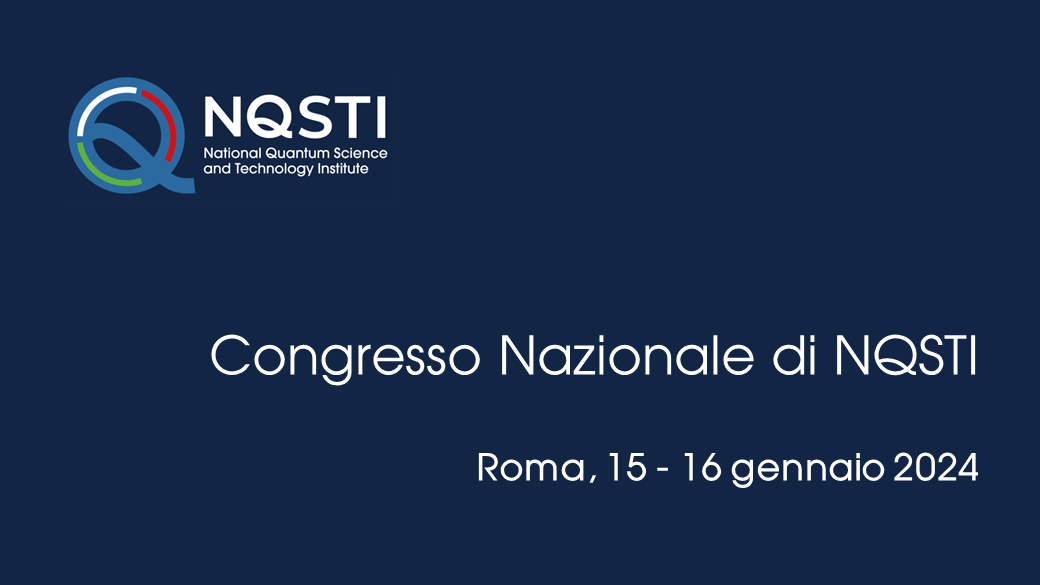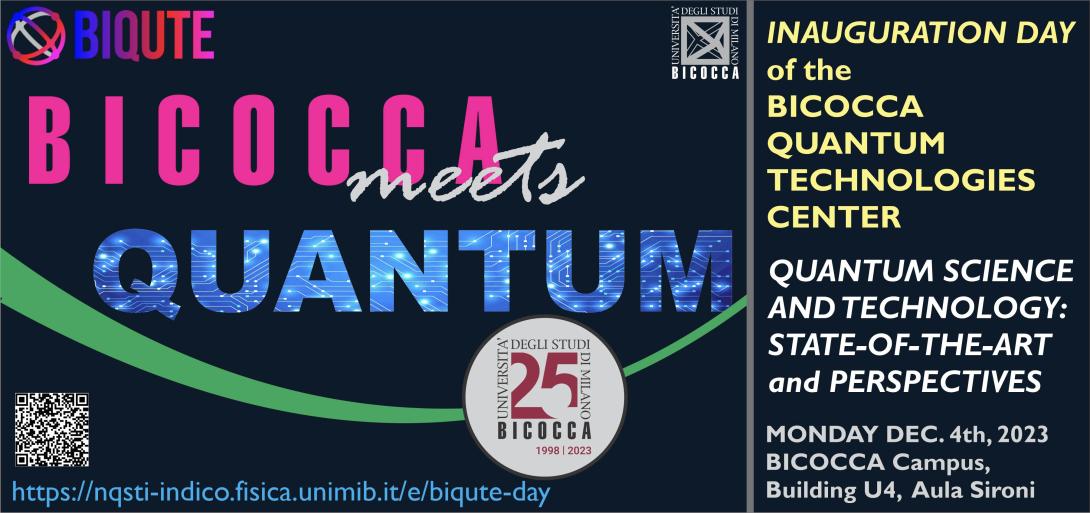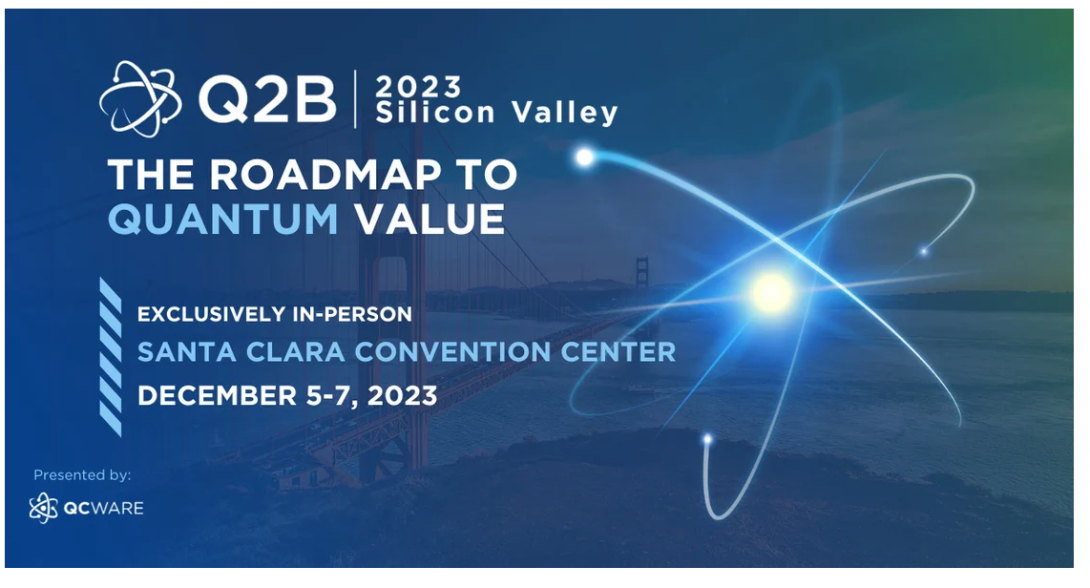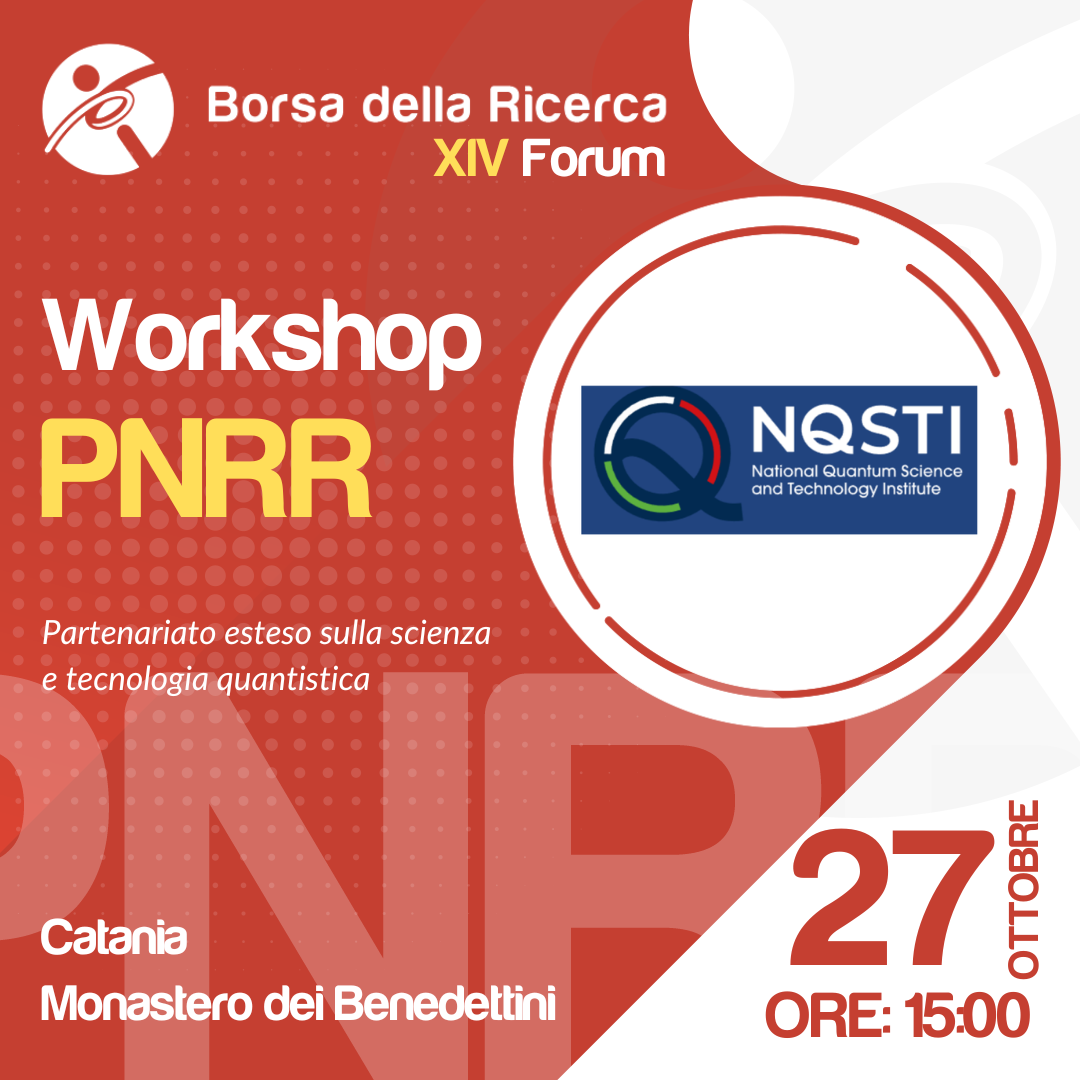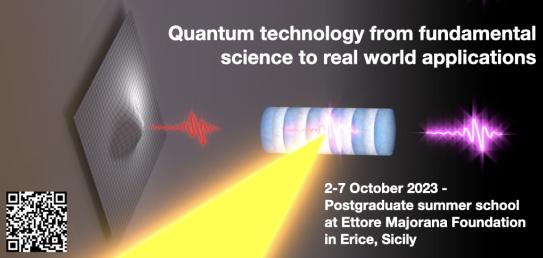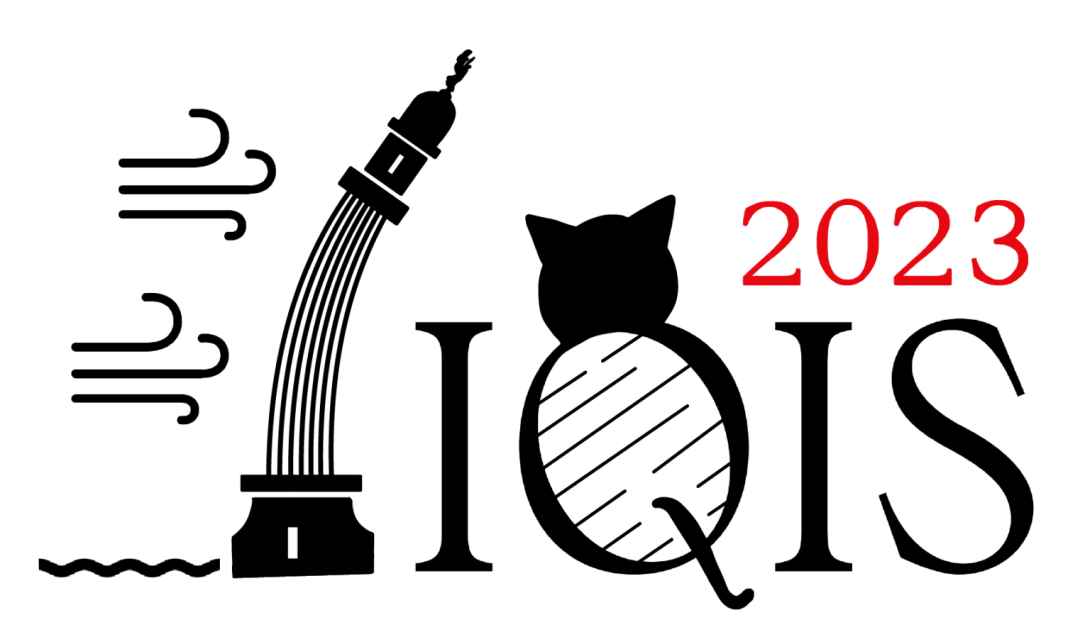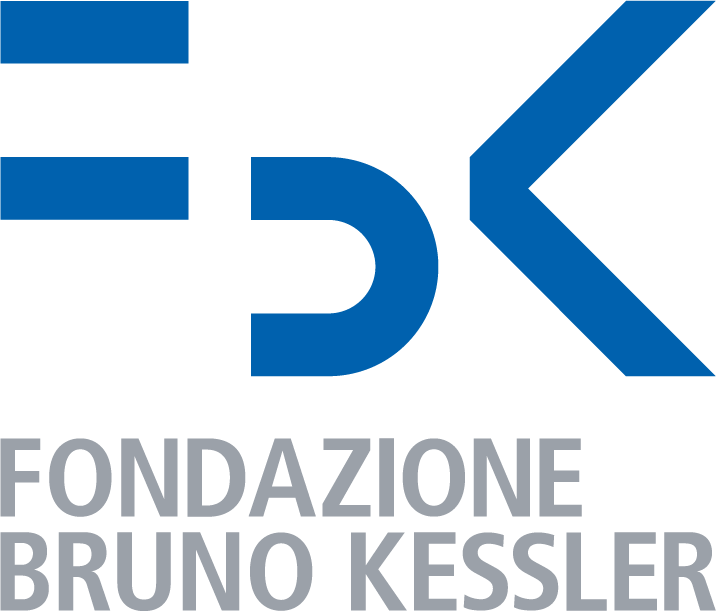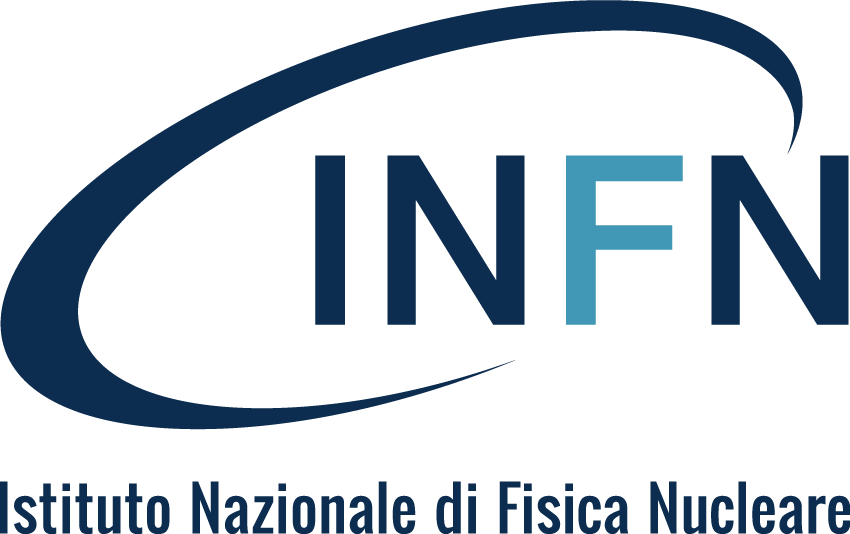Introduction
Deploying quantum devices in real-world applications holds significant promise for various fields, including sensing, computing, cryptography, optimization, and simulation. While quantum technologies are still in the early stages of development, there has been progress in implementing quantum devices for practical use.
The practical deployment of quantum devices still faces challenges, however, ongoing research and development efforts are driving progress toward realizing the potential of quantum technologies in real-world applications.
The integration of quantum devices into proof-of-concept functional systems is a crucial step towards practical real-world applications of quantum technologies. Continuously improving the performance and scalability of quantum devices, we move closer to realizing practical quantum systems that can be integrated into real-world applications.
Topics and Objectives
Spoke 6 deals with the integration of individual quantum objects into the building blocks of quantum computing, quantum simulation and quantum sensing architectures. Improved or novel implementations of the quantum bit platforms need to be combined into larger functional devices in order to fully unleash the power of quantum technology.
To this end, this line will promote and strengthen the whole LAB-FAB-APP chain linking research laboratories (LAB) to market-oriented application (APP) through the integration and fabrication of proof-of-concept devices (FAB) ready for application in complete systems, such as those identified, but not limited to, by spoke 7. The emphasis of this line is therefore on achieving TRL4 across a wide range of technologies through their convergence and integration.
The development chain will design and fabricate the integrated devices leveraging the platforms developed by the project activities. The device design will also proceed in close cooperation with spokes 1 and 2 in order to best exploit novel developments in the theoretical foundations of quantum technologies and with spokes 3, 4 and 5 to implement the innovative key enabling technologies (KETs) developed in the areas of photonics, solid state physics and atomic devices.
The key objectives of an effective integration programme are:
- engineering scalable networks of interacting qubits;
- developing new methods and tools for high-fidelity device control and readout;
- designing processes to reproducibly fabricate an increasing number of interacting devices.
In addition, hybrid devices are needed to interface different platforms in the context of a distributed quantum infrastructure.
The network will be built upon an ecosystem of Open Labs and Open Fabs that will provide the advanced technology platforms, knowledge base and accessibility to support the initial development of complex, application-oriented integrated devices. Researchers in the project will have access to these platforms, interacting to design and define processes and expected performances in an open research approach, opening opportunities for the creation of novel integrated devices and taking them to the prototyping stage.
The same ecosystem will be made available to the industrial partners to facilitate the technology transfer in an open innovation approach.
News and events
Opportunities
Collaborations and Third Mission
Spoke 6 participant institutions have the following collaborations.
UNIMIB collaborates with Politecnico di Milano (LNESS) for the growth of advanced materials for quantum photonics and other quantum technologies, with INRIM, NIST (Boulder USA), SQMS (Fermilab, USA), and TII (Abu Dhabi, UAE) for the development of superconducting quantum devices and the control and readout electronics; with CERN for the study of quantum algorithms applied to particle physics; with TOSHIBA LTD for development of production processes of high speed entangled photon emitters.
The implementation of a two-component superfluid circuit for spintronic applications is ongoing in a lab shared between CNR-INO and University of Trento, and the colleagues of Unitn collaborate with us toward the common goal.
The development of qubits-platform based on oxide-2DEGs is done by CNR in collaboration with several EU research groups, including CNRS, THALES, MC2-Chalmers, DTU-Copenhagen and ESCPI. Moreover, CNR is collaborating with the Company RIBER, leader in the development of Molecular beam Epitaxy systems, for the integration of oxide 2DEGs qubits on Silicon.
FBK is part of the European quantum pilot fabrication project Qu-Pilot ( Grant agreement No 101113983). Within this project European SMEs and companies get access to specific quantum technologies. FBK offers pilot-fabrication on diamond, superconducting and photonics based QT-technologies.
StAnna collaborates with the group of Prof. P. Villoresi at Dipartimento di Ingegneria dell’Informazione, Università degli Studi di Padova, and Padua Quantum Technologies Research Center, Università degli Studi di Padova, with the group of Dr. M. Romagnoli al CNIT, with INPHOTEC, with CAMGRAPHIC, and with ASI on project in quantum-space.
Education and Technology Transfer
The results will be shared through events of outreach, education and training (see Spoke 9) and through technology transfer (see Spoke 8).
Technology transfer
We address the whole innovation chain: from low TRL-research to prototypes, fostering the creation of spin-offs and the collaboration with SMEs
VIEW MOREEducation & Outreach
NQSTI is committed to set high quality educational standards from secondary school to university, organize professional development courses and raise public awareness
VIEW MORE



